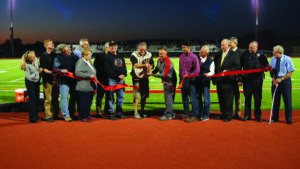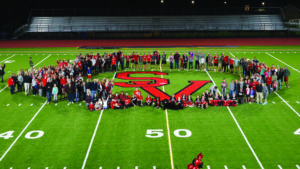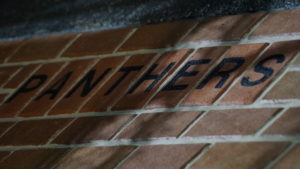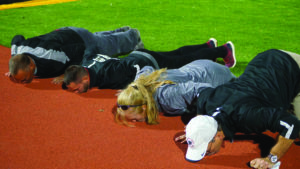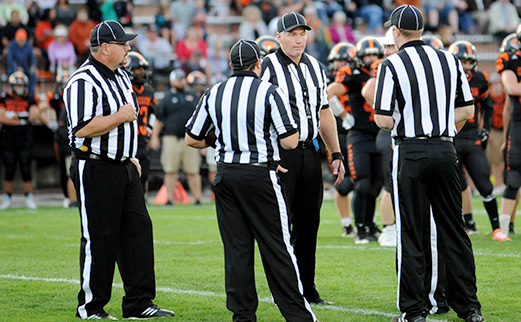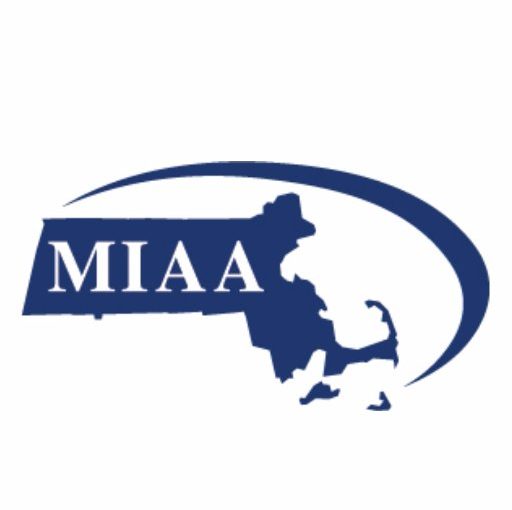Facilities projects are best served by committees of parents, coaches and community
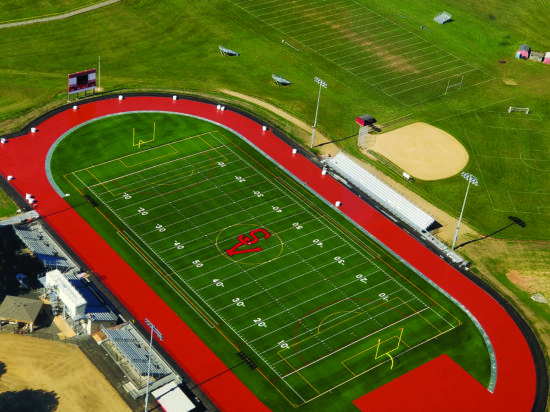
Planning and executing a multimillion-dollar renovation doesn’t always have to fall on the shoulders of athletic administrators and facilities managers.
A common practice among high schools undergoing construction projects is to commission the help of a special committee to handle minor tasks or public relations. Schuylkill Valley High School in Pennsylvania is among those that turned to a small team of volunteers to aid the district with some of its more difficult tasks.
Namely, raising money.“The idea behind it initially was to get enough money where we could get a new turf field and all-weather track,” said Jeff Chillot, Schuylkill Valley football coach and vice president of the stadium committee. “We had all these kinds of ideas and different things we were trying to do at the school, and we started going out and meeting with people.”
Last fall, Schuylkill Valley unveiled the finished product: new synthetic turf, an eight-lane track, press box, scoreboard, LED lights and a PA system. Athletic Director Stephanie Deibler said her school was the only one in its league that used a cinder track, and the artificial turf would allow more teams to use the field. The community doesn’t have a lot of space for sports programs, so recreation and youth leagues put a lot of wear on the grass field. Additionally, the field hockey team found it difficult to play on natural grass when postseason games were all held on turf fields.
With a price tag of more than $3 million, the district’s first thought was find donors to support the project. Golf outings and bake sales wouldn’t be enough to move the needle, so Chillot and the rest of the stadium committee decided to go after the “big hitters.” They found that raising money was much more difficult than they anticipated.
“We did run into challenges,” said Chillot. When all was finished, he estimates that fundraising made up less than 1 percent of the project’s total cost. “With the people we went after, we just weren’t able to secure the funding. That’s when it took a turn and the school board decided to fund it, and our role changed at that point.”
Instead of financing the athletic facilities project, the stadium committee was now charged with building support. Deibler said the group not only provided input on the renovation, but it talked to neighbors to describe why the improvements were necessary. Not everyone understood that the upgrades would also benefit physical education classes, or that elementary and middle school students would have access. The stadium committee’s public relations efforts were critical to remind the public of what was happening and why.
“We put out informational sheets as the project was developing, looking at what we were doing and why it was needed,” Deibler said. “The board had a ton of meetings over the last two years, giving the opportunity for the community to provide input.”
Chillot said during those meetings he received a lot of positive feedback. The group offered updates and drawings that illustrated what the finished product would look like. The district also set up a live video feed so community members could check in on the progress.
“You had to go back 15 or 20 years to the last time anything was done to the stadium,” Chillot said. “The community embraced it and knew it was about time that something was done.”
Outside of its mission to gather feedback, the stadium committee also was tasked with finding sponsorships for the new scoreboard. Advertisements can completely offset the cost of scoreboards and video displays, so it was critical that the group find local businesses that would commit the money.
“The school district was able to get that pretty much for nothing, because the sponsorships did pay for the additional costs of the scoreboard,” Chillot said. “And with a visual scoreboard, we have the ability to sell sponsorships on the scroll and make more revenue there.”
Deibler said the committee also was responsible for selling commemorative bricks that would make up the walkway for two entrances. Bricks could be purchased for $100 and inscribed with names. During the stadium’s opening ceremony, Deibler said people scurried to find where their bricks were placed.
The stadium committee didn’t accomplish what it initially set out to do, but those in the district agree that it had a significant impact on the project’s success. When fundraising proved difficult, it adapted and found another way to support the school’s mission to improve its facilities.
“A committee can’t get it done all by itself,” Chillot said. “But I think the school district appreciates having us, because we can do all the little things that they don’t have to worry about.”
Lessons learned
A stadium committee — or any group comprising school and community members — can bring critical insight to the discussion over renovations. Districts use them to take the pulse of the community, fundraise or promote the project’s benefits.
Schuylkill Valley’s committee initially set out to identify donors before it was repurposed to gather feedback and sell sponsorships for the stadium’s new scoreboard. Those involved in the project offered some advice to those involved in renovations at their own schools.
Jeff Chillot, stadium committee vice president
Make sure you’re organized before you try to go after the big donor. It takes time and work, and you have to talk to people with experience in doing things like that and get the presentations just the way you like it before you go out there. Sometimes you only get one or two cracks at it.
And don’t structure the project to one specific sport or type of event. Make sure you focus on community outreach and get feedback. It may not get you the donor you’re looking for, but at least you’re helping to spread the word.
Stephanie Deibler, athletic director
Get all of your user groups involved in the process and make sure the experts — coaches, community members — are the ones checking, double checking and triple checking everything from the architect drawings to the supplies that you need.
There are always going to be things that come up, like forgetting to order chairs for the press box. Just try to appreciate that although it’s going to cause you more work, at the end, when you see the end product and the kids enjoying it, that’s the best thing.

